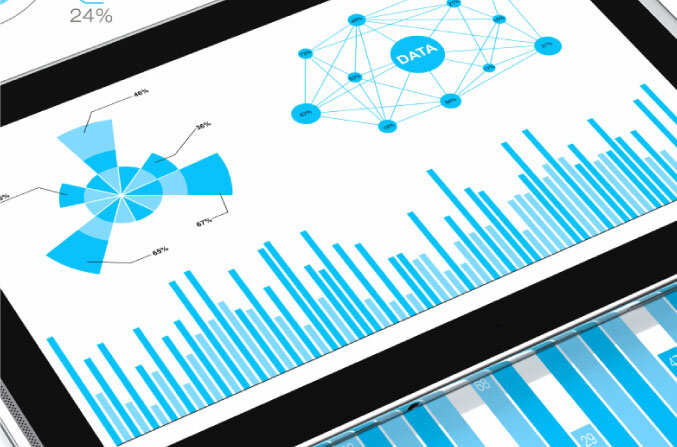I used to be heavily involved in the digital marketing profession before becoming the editor for Smart Data Collective. I got into the profession about 10 years ago. It is amazing how quickly some things can change, while core elements of the profession remain the same.
One of the biggest things I noticed over the years was the incredible ROI of email marketing. Did you know that every dollar that marketers spend on email marketers provides $44 in return? I have never seen another medium with comparable returns.
However, one thing has changed – the growing importance of big data. Big data is changing the scope of email marketing in ways that I never would have believed when I first got started.
Unfortunately, some people don’t know how to use big data appropriately for their email marketing campaigns. The biggest example I can think of is with day-parting. Since this is one of the most common mistakes I see in this field, I figured that I should create a post on the pitfalls email marketers face when using big data to day-part their campaigns.
What is Day Parting and How Can Big Data Play a Role with It?
First, I should probably explain what day parting is. Day parting is when you make sure your campaigns are active during certain parts of the day. With email marketing campaigns, this can play a role in a couple of ways:
- You are using ads to draw customers to your subscriber page. You find that your opt-in rate is much higher in the late afternoon than the early morning or evening. You decide to make sure your ads only run during this period.
- You find that email subscribers are 70% more likely to read your emails if they are sent in the evening or weekends. Your conversion rates are also 45% higher during these periods.
If this is what your data shows, then you would want to day-part your campaigns accordingly. However, many marketers make impulsive decisions based on limited or inaccurate data samples. This is where they can run into trouble.
Here are some things that marketers should look out for when using big data to optimize their campaigns.
Make Sure That You Have a Statistically Significant Sample Size
Marketing automation tools are capable of handling massive amounts of data. Unfortunately, this doesn’t help you much when you are first starting a campaign. You don’t have much engagement data to run with.
Many marketers become very eager when they fire up their campaign. They start looking for patterns where they may not exist. It is human nature. And it can destroy the profitability of your campaigns.
You need to make sure that you have a statistically significant amount of data before day parting. The last thing that you want is to restrict the ads to our opt-in page to 6 p.m. to 11 p.m., when they would perform much better earlier in the day. This means you need to determine the statistical significance of your findings. The good news is that there are a lot of free split-testing tools that you can use. Ad Calc has a free tool worth checking out.
Neglecting to Segment by Geography
Keep in mind that people in different regions are going to see your ads at different times. They may not even prefer the same schedule in their own time zone! People in Australia may perform better in late afternoon, while Americans may want to engage with your emails in the early evening.
You need to segment your ads by country or even state. Treat every region as a separate campaign. It will take longer to get statistically significant data samples, but your data will be far more valuable.

